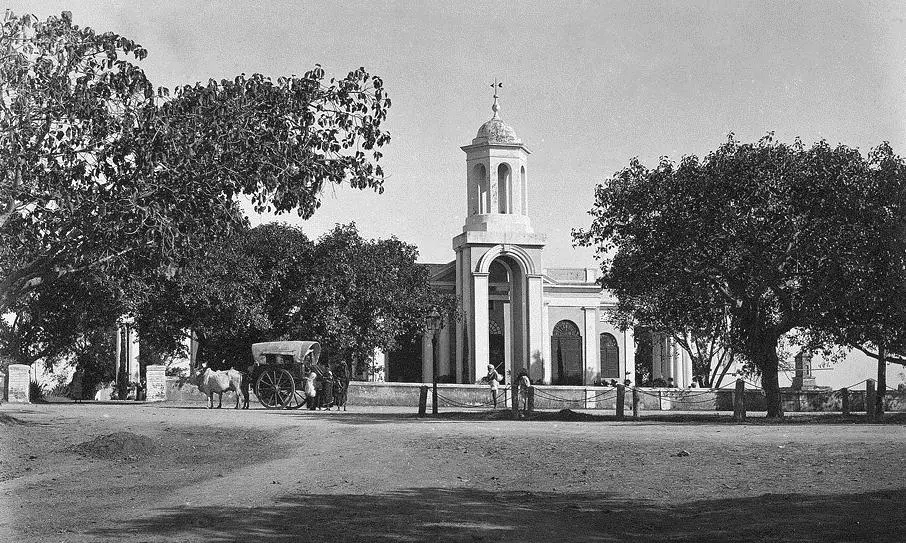
Hyderabad: While the Qutb Shahis planned Hyderabad in a straight line from north to south, the British built Secunderabad from east to west, said Sibghatullah Khan, founder of the Deccan Archives, during a heritage walk in Secunderabad’s major churches before Christmas.
The first stop of the walk organized by Intach and Deccan Archives on Saturday was St. John the Baptist Church. It is located in the eastern part where the British wanted to build.
Standing at this point in 1818, it was said that one could see all the way to Begumpet. The church was associated with some very interesting stories as British soldiers and their families settled in the area.
The church has several plaques commemorating the services of British employees working in government departments such as the Nizam Guaranteed Railways.
Originally shaped like a cross, a bell tower was funded by Diwan Bahadur Seth Ramgopal Malani, after whom Ramgopalpet is named. Its rare, fully functioning pipe organ – possibly the only one in South India – remains a significant attraction.
Attendees heard stories of British soldiers who lived around the church and a tragic ghost story from the 1857 rebellion era. The walk continues to the Basilica of St Mary, which dates back to around 1850. Elevated to basilica status in 2008, the church houses St. Ann’s School, founded in 1871 by Turin-based nuns.
The group also visited Wesley Church, completed in 1905, known for its stained-glass window depicting the Resurrection of Jesus. The church was supported by the Wesleyan Mission founded by the Reverend William Burgess and his wife Lily Hay. She established Wesley Girls and Boys Schools and Hostels in Secunderabad, Hyderabad, Bolram and Ammuguda.
A picture specifies that she died along with her child and other members on October 27, 1892 on board the ship ‘SS Romania’ in the Spanish Mediterranean Sea near Pineche.
The last stop was the Clock Tower, a landmark that once helped workers, soldiers, and residents keep time for factories, service duties, and church services.